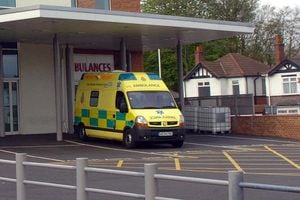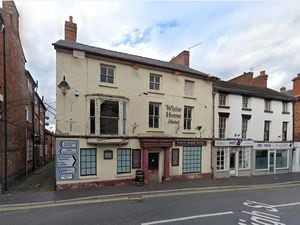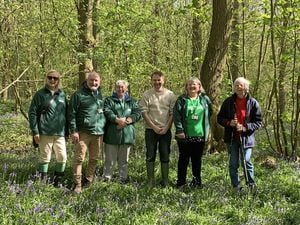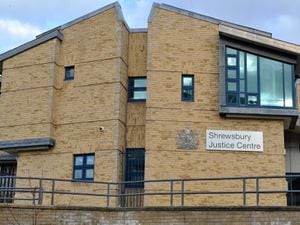Star comment: Educate public on A&E calls
The extent to which accident and emergency units are swamped by non-emergency cases has been laid bare.

Units are under increasing pressure because people go to A&E when they have no need to.
Many attendees present problems that are better suited to minor injury units at local hospitals. In some cases, patients should visit their GP, instead of A&E.
A lack of awareness means people treat A&E as a cure-all, one-stop-shop. They wrongly believe that because they pay their taxes they have an entitlement to high level medical services for low level trauma, injury and illness.
It is a pattern of behaviour that must change. For the sake of the long-term sustainability of accident and emergency services, people must start to use such facilities in case of accident and emergency – not simply because they feel poorly or have endured a minor mishap.
The pattern of behaviour is repeated across other services. Ambulances in Shropshire, Telford & Wrekin and Mid Wales are routinely called out to non-emergency incidents during the course of their regular shifts. There are households who call for ambulances dozens of time each year, when visits to their GP would suffice.
Those who find themselves in the wrong place at the wrong time, seeking services to which they are not strictly entitled, are not entirely at fault.
Our health service is creaking because of high levels of stress and strain – yet the NHS must shoulder some of the responsibility for being ineffective in communicating its message. A new report makes it clear that the general public is unaware how to use A&E services. There are gaps in people's knowledge of what services are available, when they are open and how they can be accessed.
The NHS needs to be clearer in outlining what services are available to people. The general public ought to know more about minor injuries units, out-of-hours GP services and other, similar facilities.
By providing clear information, local hospitals will relieve themselves of some of the bottlenecks in the A&E system. Doctors, nurses, surgeons and clinicians will be able to labour under less pressure. Their high levels of skill can be deployed in the best possible manner, ensuring those who are critically ill or injured have the best chance of survival.





